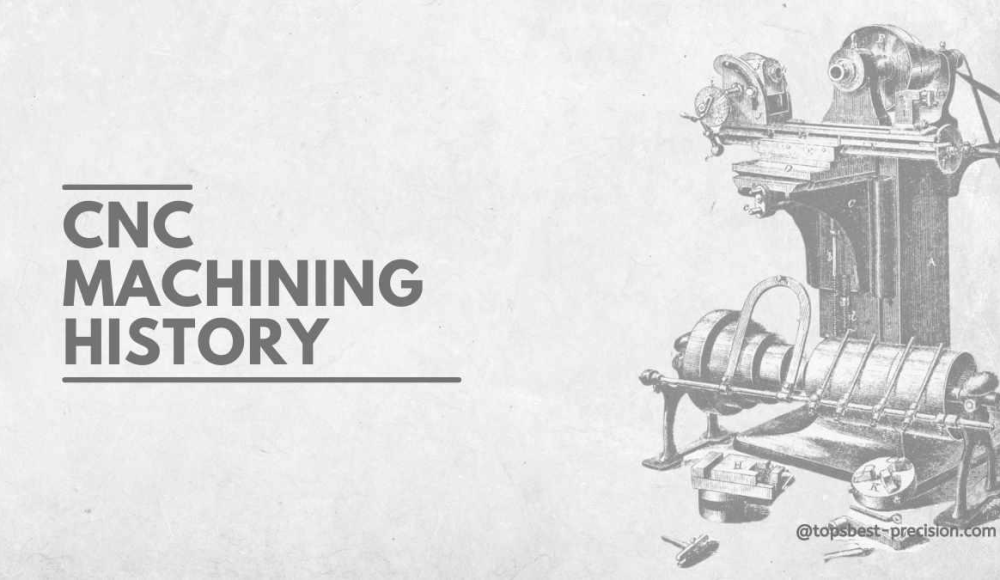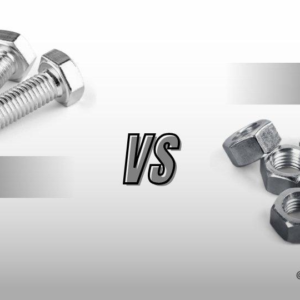في إعدادات التصنيع المعاصرة, تلعب الآلات CNC دورًا لا غنى عنه. أحدثت هذه التكنولوجيا ثورة في أوائل الأربعينيات باستخدام التحكم العددي (نورث كارولاينا) آلات. من 1751, تم إجراء تحسين كبير للتغلب على القيود المفروضة على العمليات اليدوية من حيث الدقة. تشتمل آلات CNC الحديثة على آليات تغذية آلية. وتتركز هذه مع 2D, أو ملف ثلاثي الأبعاد للتحكم في محاذاة الأداة. تتم إدارة جميع العمليات بأحدث الأدوات وحركة المحاور.
أصل التصنيع باستخدام الحاسب الآلي
ظهرت آلات CNC المتقدمة إلى حيز الوجود خلال الحرب العالمية الثانية. بدءًا, كانت هناك حاجة إلى احتياجات طارئة من أجزاء الآلات لقطاع الطيران. لم تكن تقنيات التصنيع التقليدية قادرة على معالجة/الوفاء بهذه المتطلبات.
رواد التصنيع باستخدام الحاسب الآلي
لقد غيرت ملاحظات رواد التصنيع باستخدام الحاسب الآلي طريقة تصنيع المنتجات. كان المساهمون البارزون هم جون ت., & فرانك ل.
جون ت. بارسونز: كان بارسون أول مؤسس لتصنيع الآلات باستخدام الحاسب الآلي, وقام بتطوير التحكم العددي للأدوات الآلية. العمل مع معهد ماساتشوستس للتكنولوجيا, نجح في تصميم أول آلات يتم التحكم فيها رقميًا. كان عمله موجهًا أكثر نحو عملية صنع شفرات طائرات الهليكوبتر ومكونات الطائرات المتطورة الأخرى.
فرانك ل. مسروقة: طور ستولين نظريات بارسونز بشكل أكبر. وهو يركز على الجوانب الفنية للتصنيع باستخدام الحاسب الآلي. وصل الابتكار المقصود إلى دقة لم يسبق لها مثيل من قبل باستخدام تقنية الشريط المثقوب, تشبه إلى حد كبير آلات CNC اليوم.
التطورات المبكرة في CNC
في 1949, فكرة التحكم العددي (نورث كارولاينا) تم تطويره بواسطة بارسون. هو, كجزء من مشروع بحث عسكري لمعهد ماساتشوستس للتكنولوجيا, طورت آلة طحن تجريبية. تم تجهيز هذه التقنية بمحاور آلية لصنع الشفرات وجلود الطائرات.
قبل هذا التعاون, استخدمت شركة بارسونز مضاعف IBM 602A. قامت أجهزتهم بحساب إحداثيات الجنيح والبطاقات المثقوبة لإرسال البيانات. لقد وفر هذا النظام المبرمج مسبقًا أساسًا لتطوير برمجة CNC المستقبلية.
في 1952, دخل ريتشارد كيج في شراكة مع معهد ماساتشوستس للتكنولوجيا لإدخاله إلى Cincinnati Hydro-Tel. تم تسجيل براءة اختراع آلة الطحن العمودية الثورية مقاس 28 بوصة هذه لاحقًا. استخدمت نماذج النماذج الأولية المبكرة شريطًا مثقوبًا ذو 8 قنوات وآلية تحكم ترانزستور, والتي تم تحسينها لاحقًا من خلال التطورات اللاحقة.
تمهيدي, تم استخدام آلات CNC كشريط مثقوب. وكانت هذه بمثابة أداة للاتصالات السلكية واللاسلكية في ذلك الوقت. خلال سنوات عديدة, كانت تقنيات الحساب الأكثر شيوعًا هي التقنيات التناظرية. تبعًا, خلال الستينيات والسبعينيات, شهدت أساليب الإنتاج ابتكارات كبيرة.
في 1968, تم الاعتراف ببارسون من قبل حكومة الولايات المتحدة, مع جائزة جوزيف ماري جاكارد التذكارية. إضافي, في 1975, وكرمته جمعية مهندسي التصنيع بلقب "أبو الثورة الصناعية الثانية"..
التطوير في مصنع التصنيع باستخدام الحاسب الآلي اليوم
تعتمد أنظمة التحكم في الحركة الآلية المعاصرة على ثلاثة عناصر أساسية. تتضمن هذه الأنظمة وظيفة القيادة: يمكن أن تكون رقمية أو تناظرية. في أنظمة القيادة والحركة التي تحتوي على محركات, اسطوانات, الصمامات, والقوابض. علاوة على ذلك, أنظمة ردود الفعل, على سبيل المثال, التشفير, والتي تعطي بيانات هامة.
أصلا, تستخدم آلات CNC كاميرات التحكم, وقد حددت هذه الكاميرات كيفية عمل المحركات. في تلك الأنظمة, إذا كان كابل التغذية الراجعة لا يعمل, كان وقف تدفق السوائل غير وارد.
تحتوي آلات CNC الحديثة على آليات تحكم إلكترونية. تساعد هذه في تقليل حالات الفشل هذه كما هو واضح من الحالة أعلاه. ويضمن التقدم نتائج أفضل وأكثر اتساقا.
فضلاً عن ذلك, كما تم تحويل تقنيات التصنيع الحديثة. تقنيات مثل تصنيع الشعاع الإلكتروني كذلك معالجة التفريغ الكهربائي يتم اختيارها بناءً على المواد المستخدمة في الكميات الكبيرة من عمليات الإنتاج. وتشمل الطرق الأخرى القطع بالليزر, قطع الوقود الأكسجين, قطع المياه النفاثة, وقطع البلازما.
خاتمة
إن تاريخ التصنيع باستخدام الحاسب الآلي رائع. على مر السنين, لقد تطورت بشكل ملحوظ. اليوم, تكنولوجيا CNC أثرت بشكل إيجابي على قطاعات التصنيع وغيرت طريقة تصنيع منتجاتها. علاوة على ذلك, إنه يطور المجالات ويعزز دقة المنتج وموثوقيته.
الأسئلة الشائعة
س1. متى حصلت أول ماكينة CNC على براءة اختراع رسمية؟?
أول براءة اختراع تم تقديمها من قبل ريتشارد كيج في عام 1990 1958. كان هذا تغييرًا من استخدام الأدوات اليدوية إلى استخدام الأنظمة الآلية.
Q2. كيف أثر تطبيق تكنولوجيا CNC على كفاءة التصنيع؟?
لقد عززت تقنيات CNC الحديثة إنتاجية المعالجة بشكل كبير. لأنه يقلل من المدخلات اليدوية والعمليات الشاقة. وهذا يجعل الإنتاج أسرع ويقلل من احتمالية حدوث أي أخطاء.




1 فكرت في "تاريخ التصنيع باستخدام الحاسب الآلي:النشأة والتطور”